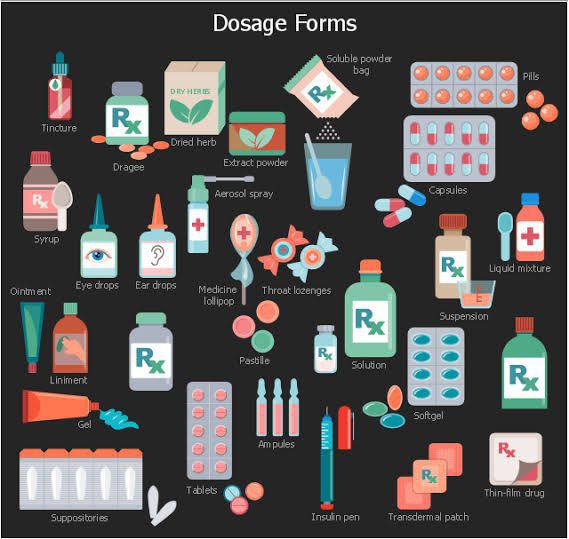Drugs come in different forms or formulations to make them easier to administer, more effective, and more convenient for patients. Different forms of drugs have different properties, such as their absorption rate, bioavailability, and duration of action. The choice of a particular drug form depends on several factors, including the drug’s chemical properties, the patient’s medical condition, and the intended route of administration.
Here are some of the reasons why drugs come in different forms:
- Oral tablets or capsules: These are the most common drug forms and are easy to swallow, convenient to take, and usually have a long shelf life.
- Liquid formulations: Liquid medications are often used for patients who have difficulty swallowing pills or tablets. They are also used for pediatric patients who require smaller doses of medication.
- Topical formulations: These are applied directly to the skin, and are used for local treatment of skin conditions, such as rashes, burns, or infections.
- Injectable formulations: These are administered by injection and are used for rapid onset of action, accurate dosing, and for patients who cannot take medications orally.
- Inhalation formulations: These are used for respiratory conditions, such as asthma or chronic obstructive pulmonary disease (COPD), and are delivered directly to the lungs for faster onset of action.
Overall, different forms of drugs are designed to meet the specific needs of patients and to optimize drug efficacy, safety, and convenience.












